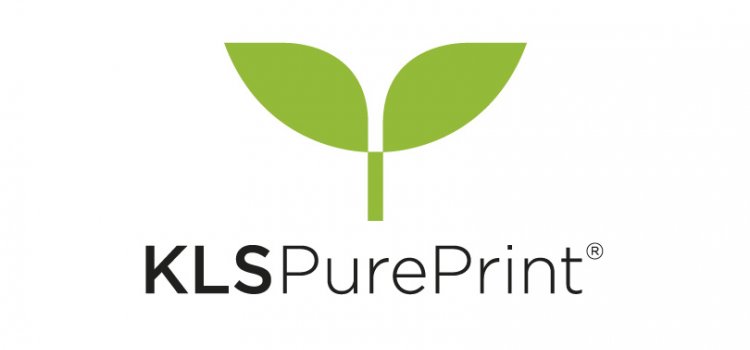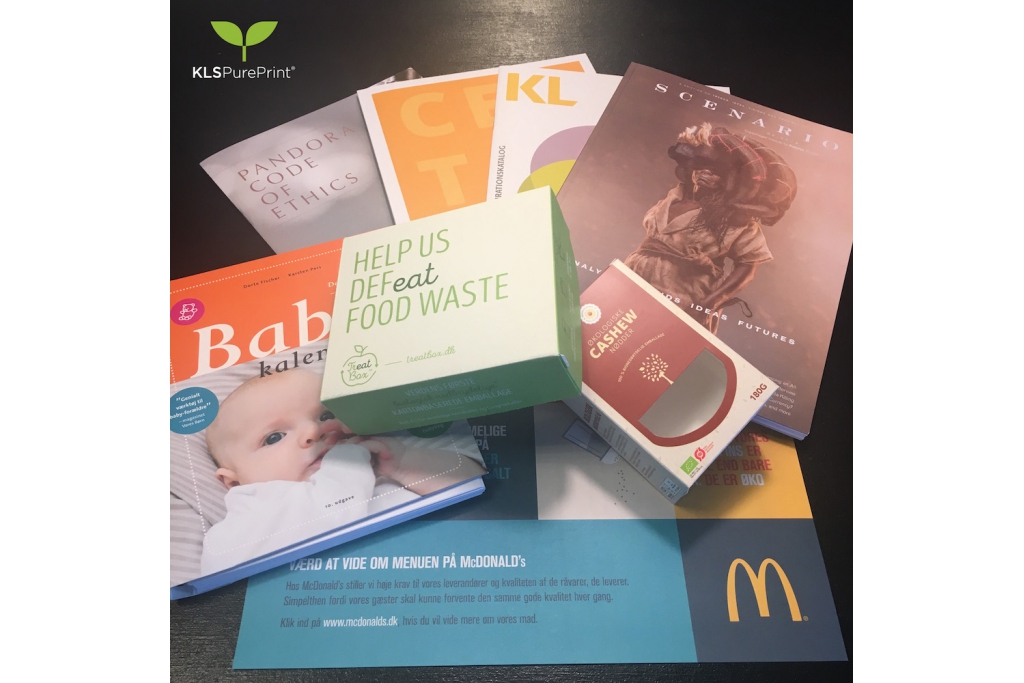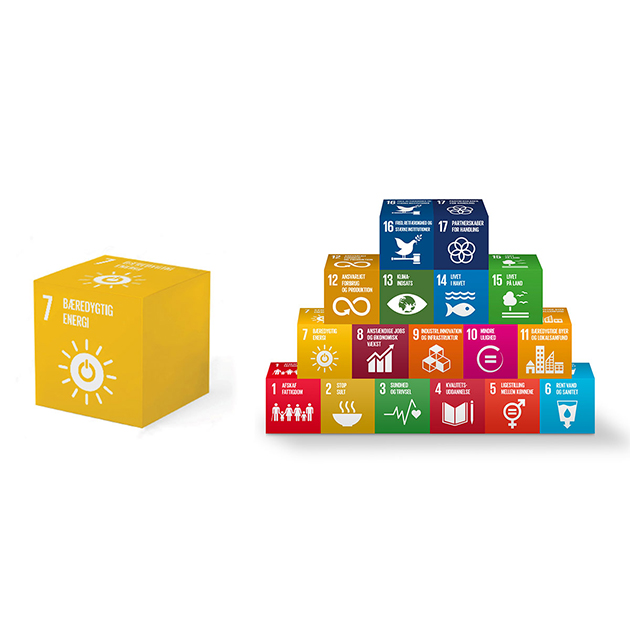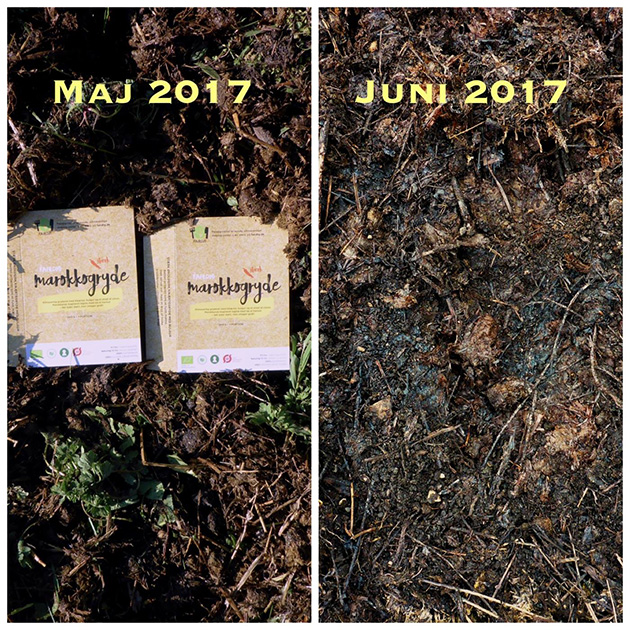Description
After many years of steadily declining sales of printed matter, KLS PurePrint chose to change their business model in a more sustainable direction in 2007. Inspired by the UN Sustainability Goals established in 2015, KLS PurePrint incorporated a circular business model. Since then, the company has been able to offer 100 per cent biodegradable printed matter and packaging in which no harmful chemicals and heavy metals have been added.
KLS PurePrint’s printed matter and packaging are manufactured under a CO2-neutral production. All electricity comes from wind energy, and since 2012 all purchased company cars are powered by electricity. One of KLS PurePrint’s technological and environmentally friendly investments is their white, climate-friendly roof that reflects the sun and thereby reduces global warming.
KLS PurePrint believes in a circular economy, regardless of whether the printed matter is recycled, upcycled, burned or composted. The cornerstone of the work is a complete mapping of all ingredients added anywhere in the manufacturing process. Nowhere in the process any heavy metals or other substances with a harmful effect to humans or the environment are being added.
Thereby KLS PurePrint has ensured that no matter where their printed matter and packaging end up, no harmful residual materials are left in a decomposition process. Therefore, the product will be completely integrated in nature’s circuits without generating an environmental waste.
Added value
- KLS ‘Cradle-to-Cradle certified inks, paper and consumables are produced without any use of harmful chemicals for humans and the environment, which means that no harmful substances are accumulated in nature. KLS PurePrint is one of only three offset-printing companies in the world with a Cradle-to-Cradle certification demonstrating 100 per cent sustainability in all materials and processes in the form of its product.
- KLS PurePrint has had a CO2-neutral production for more than 10 years.
- The last six years, KLS PurePrint has more than halved their heat and water consumption and reduced the electricity consumption by 28 per cent per produced unit. In this way, the company clearly recognises how economy and sustainability can be united.
Challenges
- It is problematic when Danish companies move tasks to countries such as China and Eastern Europe, where other conditions and rules exist in relation to the addition of substances and chemicals in printed matter and packaging. Instead of buying the Danish, environmentally-friendly printed matter and packaging, they will buy the harmful product from China and Eastern Europe as they are not aware of what the product contains because of the price difference. There is currently a lack of focus on information on the contents of the products, so that consumers know that when they purchase printed matter and packaging in Denmark, they also know that the products are produced under safe, environmentally-friendly conditions.
- It can be difficult for small and medium-sized enterprises (SMEs) that want to invest in circular economy to find larger business partners and suppliers who either want to enter a circular economy project or can provide sub-components that meet circular requirements.
Partners
Confederation of Danish Industry (DI)



